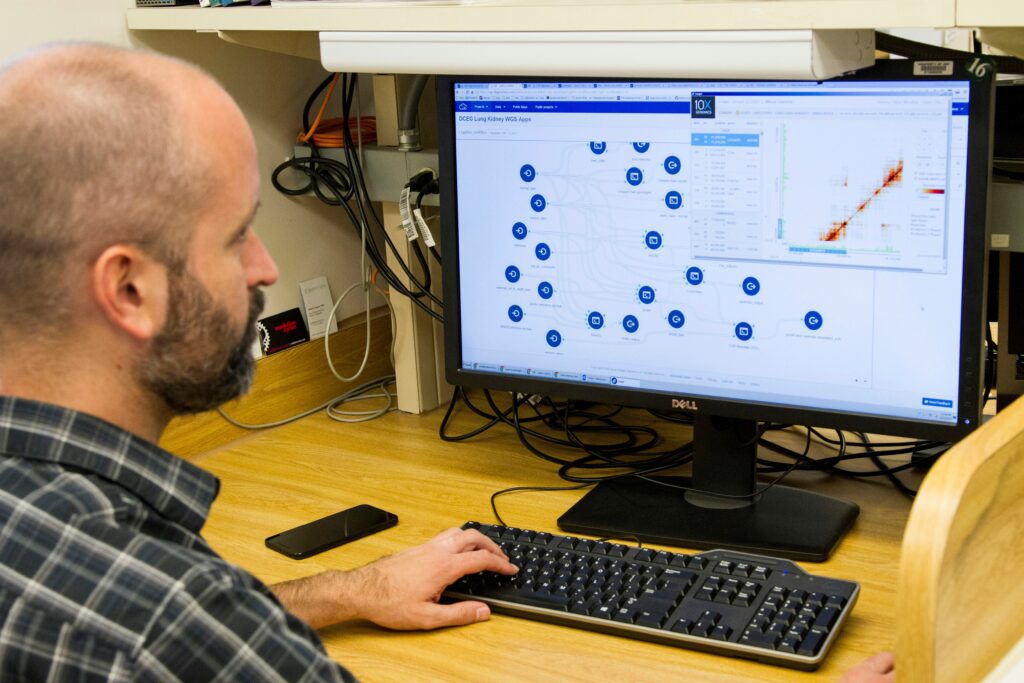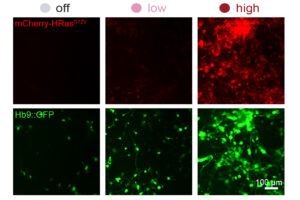
A groundbreaking discovery by engineers at the University of Delaware could revolutionize the future of computing. By linking the magnetic and electric domains, this innovation promises to make computers faster and significantly more energy-efficient. This pioneering research, detailed in the Proceedings of the National Academy of Sciences, was conducted by the university’s Center for Hybrid, Active and Responsive Materials (CHARM), a National Science Foundation–funded center.
The researchers have found that magnons—tiny magnetic waves that traverse materials—can produce measurable electric signals. This breakthrough could pave the way for computer chips that seamlessly integrate magnetic and electric components, eliminating the energy-draining back-and-forth transfer that characterizes today’s devices.
Understanding the Magnon-Electric Connection
Unlike charged electrons, which face resistance and dissipate energy as heat, magnons convey information through the synchronized “spin” of electrons. These spins act like waves moving through a material. The University of Delaware’s theoretical models demonstrate that when these magnetic waves pass through antiferromagnetic materials, they can induce electric polarization, effectively creating a detectable voltage.
Antiferromagnetic magnons are capable of traveling at terahertz frequencies—approximately a thousand times faster than those found in typical magnets. This discovery not only suggests a path toward ultrafast computing but also highlights the potential for low-power consumption, a critical consideration in the era of climate change and rising energy costs.
Implications for Future Technology
The potential applications of this discovery are vast. By integrating magnetic and electric components directly within chips, the technology could dramatically reduce energy consumption while increasing processing speeds. The UD team is currently focused on experimentally validating their theoretical predictions and investigating how magnons interact with light, which could offer an even more efficient method of control.
This research is part of CHARM’s larger mission to design hybrid quantum materials for advanced technological applications. The team includes co-authors Federico Garcia-Gaitan, Yafei Ren, M. Benjamin Jungfleisch, John Q. Xiao, Branislav K. Nikolić, Joshua Zide, and Garnett W. Bryant from NIST/University of Maryland. The project received support from the National Science Foundation under award DMR-2011824.
Expert Insights and Historical Context
According to experts, the integration of magnetic and electric properties in computing devices could lead to a paradigm shift similar to the transition from vacuum tubes to semiconductor transistors in the mid-20th century. This shift not only revolutionized the electronics industry but also laid the groundwork for the digital age.
Dr. John Q. Xiao, one of the study’s co-authors, noted,
“The ability to harness magnons for computing could reduce energy consumption by orders of magnitude, addressing one of the most significant challenges in electronics today.”
This sentiment is echoed by industry analysts who predict that such advancements could lead to more sustainable and efficient computing technologies.
The Road Ahead
The University of Delaware’s research team continues to explore the potential of magnons in computing. Their ongoing work aims to refine the interaction between magnons and light, potentially unlocking new avenues for controlling these magnetic waves with precision.
As the world increasingly relies on digital technologies, the demand for faster, more efficient computing solutions grows. The findings from the University of Delaware not only offer a glimpse into the future of computing but also highlight the importance of continued investment in fundamental research. As these technologies develop, they hold the promise of transforming industries and addressing critical global challenges related to energy consumption and sustainability.





